Patient Handling Devices
GBUK Banana are proud to be recognised as a leading organisation in the field of patient handling care, having been awarded the Queen’s Award for Enterprise in the Innovation category in 2020. Our clinical team have developed an in-depth understanding of the industry and its challenges, creating evidence based solutions to address key issues. We are dedicated to the advancement of patient care and are committed to driving innovation and best practice through our passion and enthusiasm.

Winner
In 2020 GBUK Banana were honoured to receive the prestigious Queen’s Award for Enterprise in the Innovation category.
Clinical Team
Our clinical team have a strong understanding of the issues faced by the industry, creating alternative evidence based solutions to tackle problems within the industry.
Inspired
We’re inspired by the future of patient care and what GBUK Banana can bring to the industry, through our passion and enthusiasm for innovation and good practice.
Product Brochure
Safe and efficient patient handling devices for healthcare professionals
Facilitate safe and efficient patient handling with our high-quality products, including slide sheets, air devices, slings, transfer boards and evacuation equipment. Our reliable and durable equipment is designed to meet the specific needs of healthcare professionals in hospitals, long-term care facilities and home healthcare settings. Our aim is to reduce the risk of injury to both patients and healthcare professionals with our easy-to-use products. In addition to our brochure below, our patient handling product categories are here in full detail.
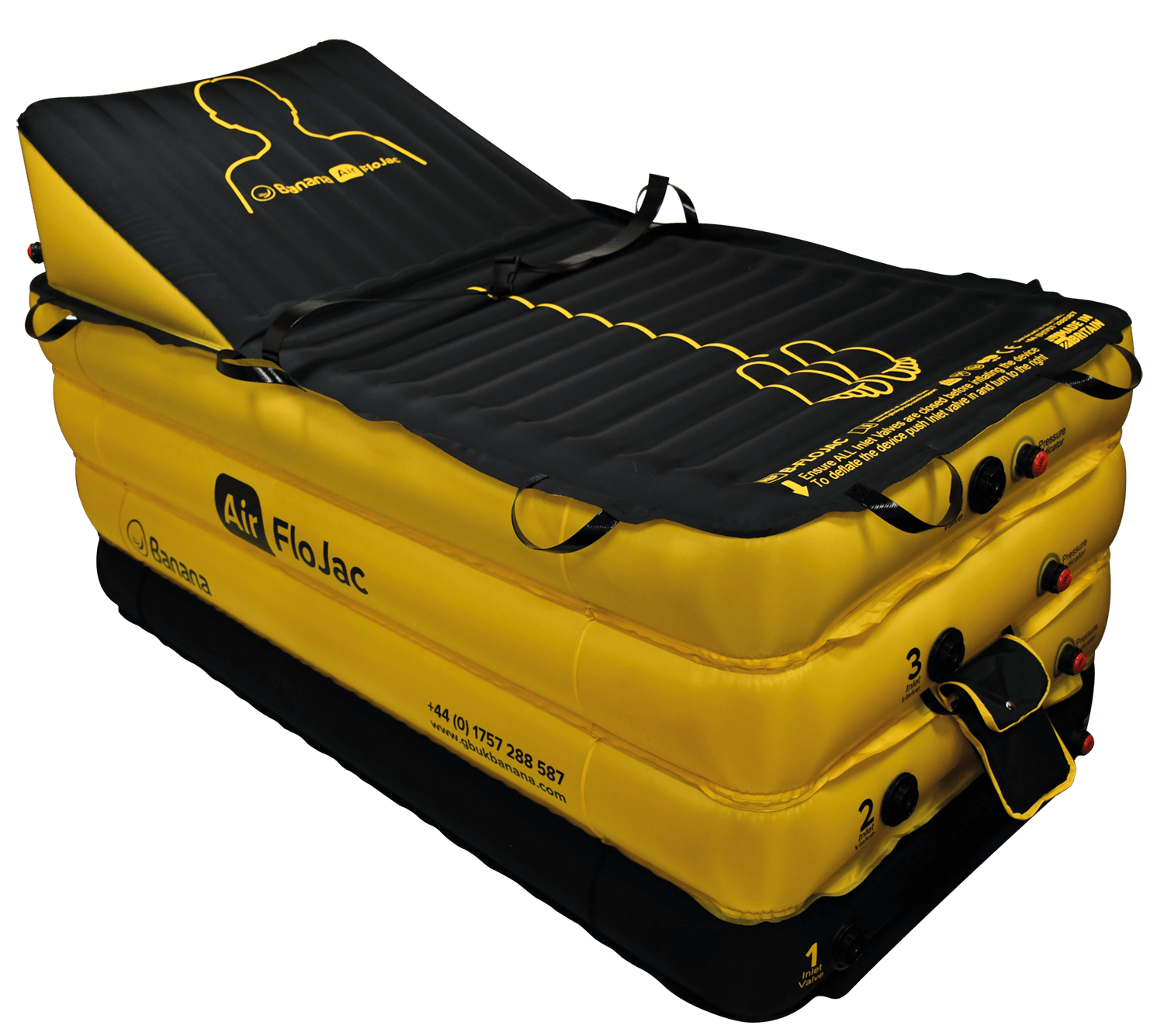
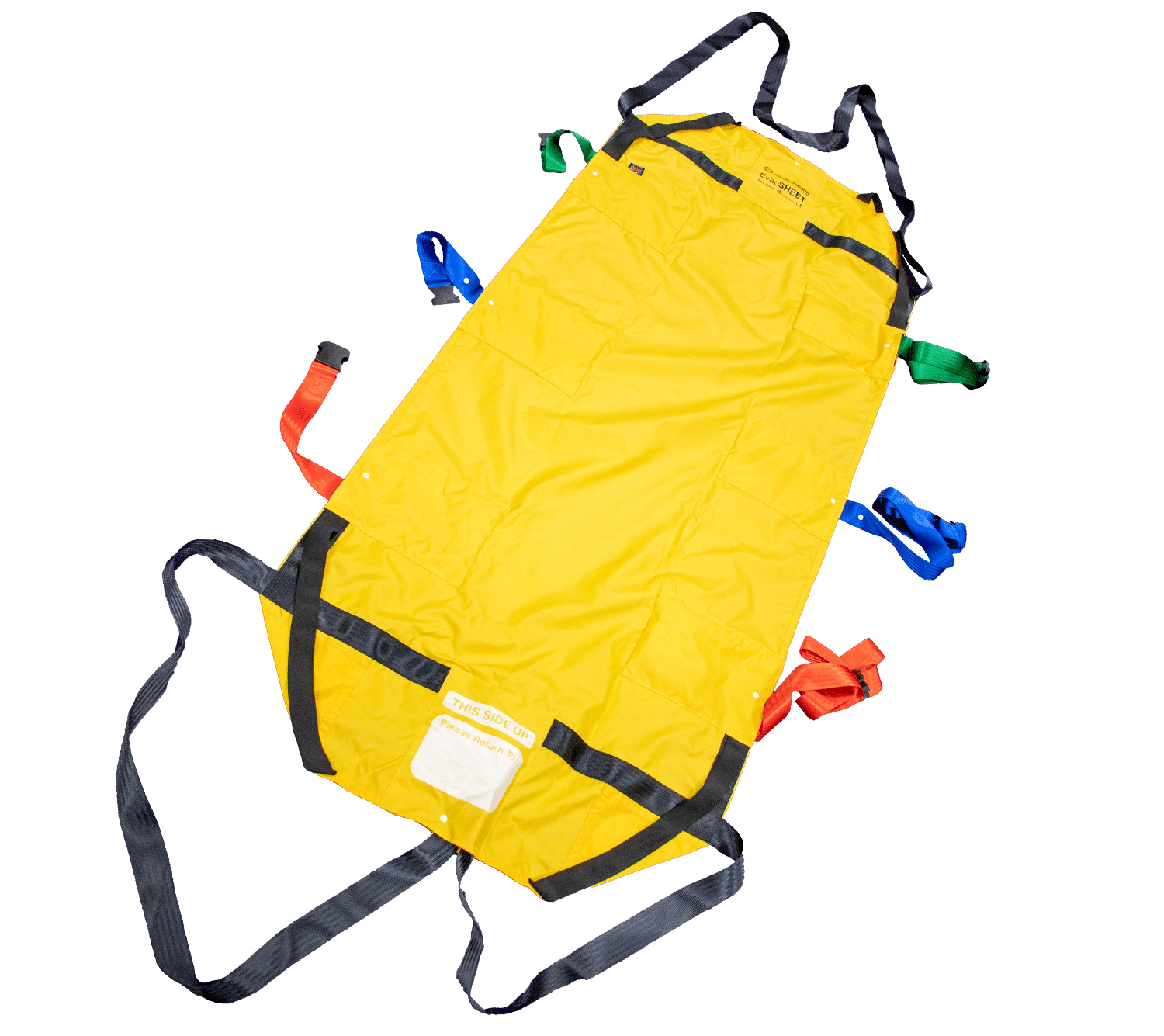
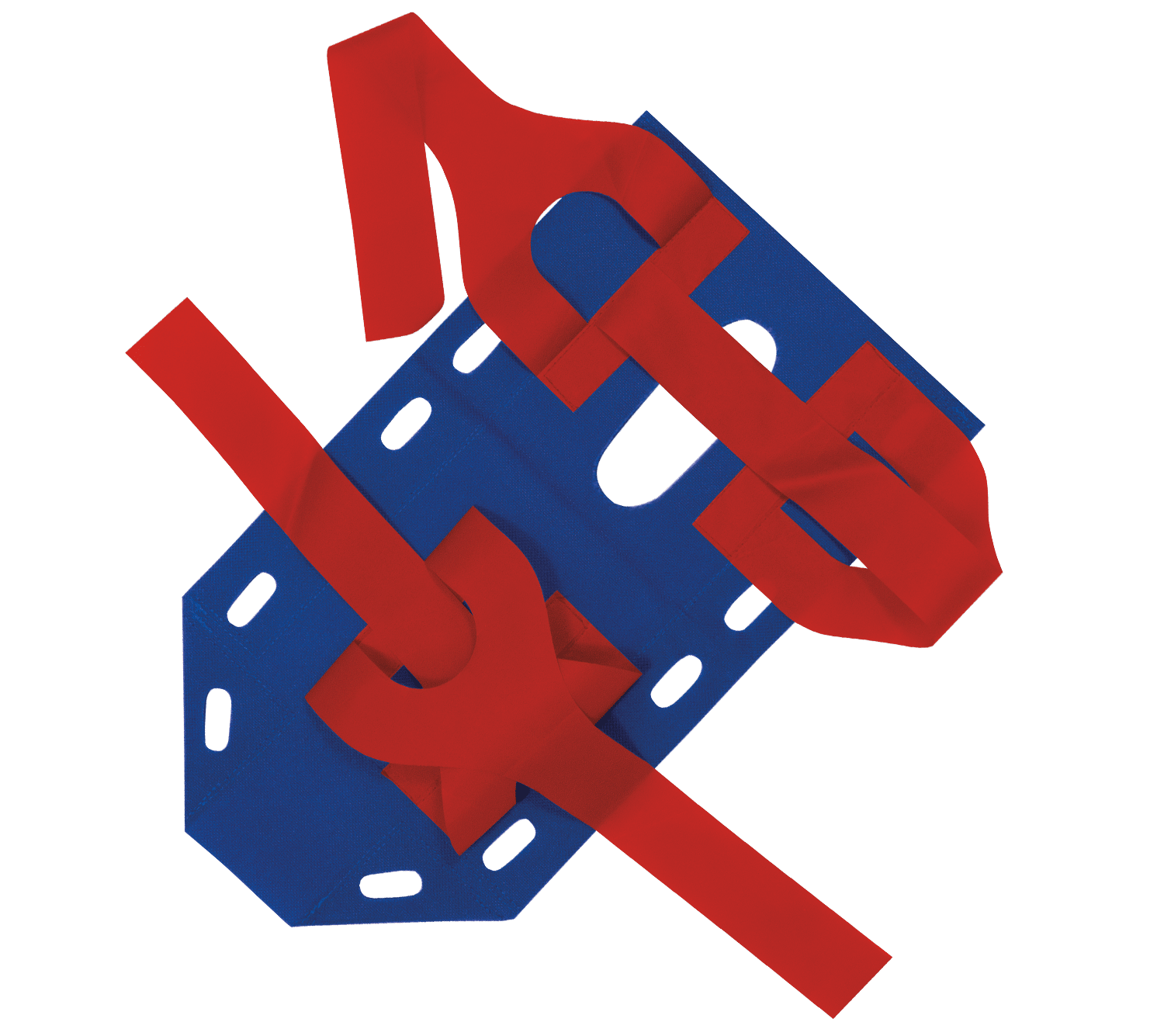
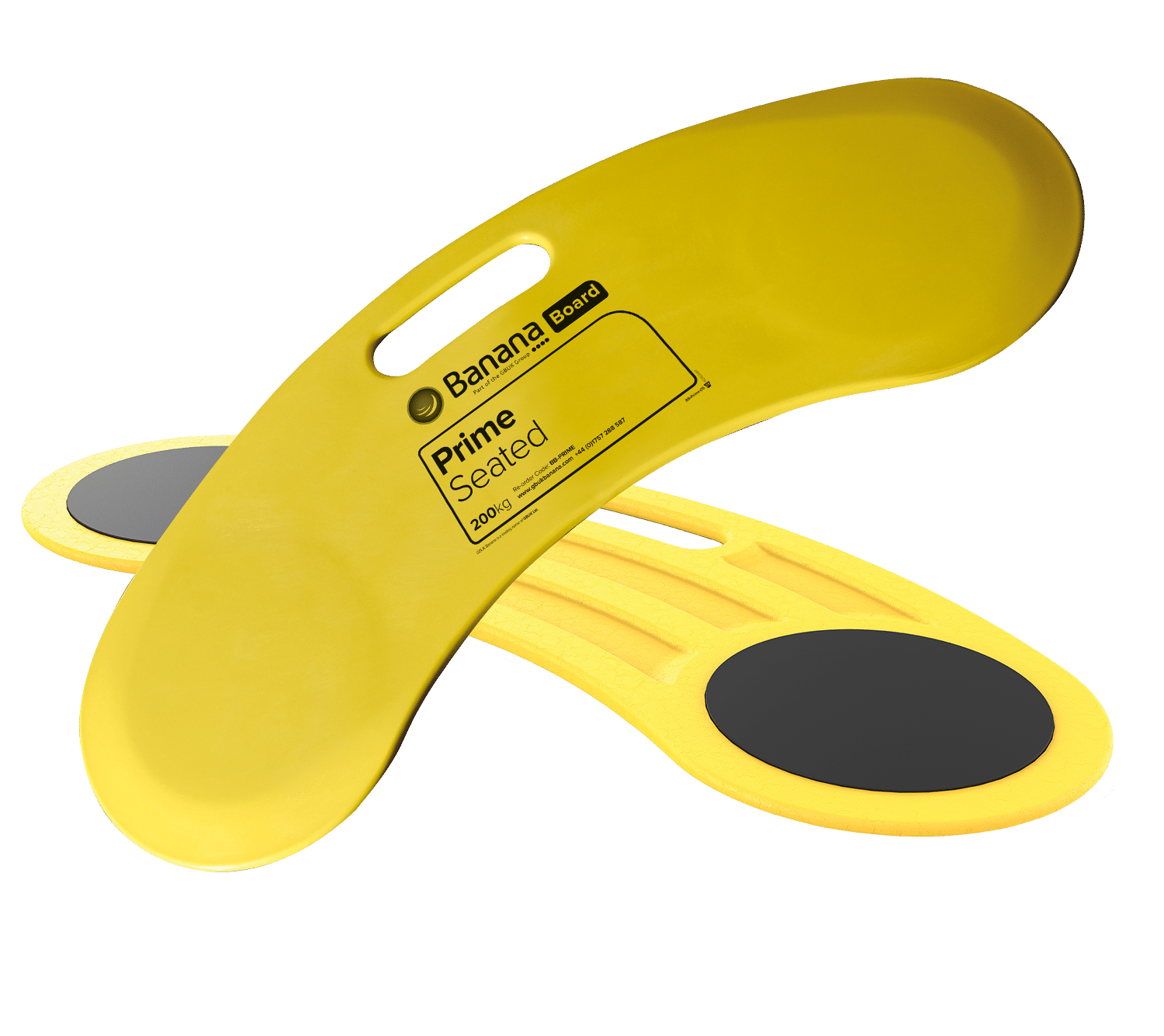
Is approximately spent each year in the NHS for Hospital acquired pressure ulcers
Education & Training
Nursing is a complex profession that requires a wide range of skills and knowledge, including physical assessment, pharmacology, nutrition, infection control, and communication. Staff must be adequately trained around patient handling to ensure that they are able to safely and effectively perform the tasks required of them. GBUK Group helps nurses to stay ahead and deliver the highest quality of care possible. Choose GBUK Group for industry-leading nurse education that enhances patient care.
Resources
If you're looking for additional resources on our patient handling products, you've come to the right place. This dedicated section provides a wealth of information about our products, including product manuals, brochures, videos and more.
This section is designed to help you get the most out of our products and make informed decisions about which products are right for your needs. Whether you’re a healthcare professional looking for technical specifications or a patient or caregiver looking for product information, you’ll find everything you need in this section.
We update our resources regularly, so be sure to check back often for the latest information. And if you can’t find what you’re looking for or have any questions, our customer service team is always available to help.
So take a moment to explore our resources section and discover how our products can help you provide the best possible care to your patients.
Video
Welcome to our video section page, where you’ll find a collection of videos showcasing our products in action. Whether you’re a healthcare professional looking for training videos or a patient or caregiver seeking educational resources, our video section is a valuable resource.
Our videos provide an in-depth look at how our products work, their features and benefits, and how they can be used to improve patient outcomes. From instructional videos to product demonstrations and patient testimonials, our video section is packed with valuable information that can help you make informed decisions about our products. We update our video section regularly, so be sure to check back often for the latest videos. And if you can’t find what you’re looking for or have any questions, our customer service team is always available to help.
So take a moment to explore our video section and discover how our products can help you provide the best possible care to your patients.
-

Innovative Patient Evacuation for a plus size person of 45st: Navigating Challenges with Innovation
-

Evacuating a 40st Plus Size Patient
-

01B FloJac Rollboard And Slide Sheet Transfer Onto Flojac
-

Orbit Video
-

Versal Prone System
-

10A LoRaiser REAR Floor Sit 2 Stand 2 Person
-

09A LoRaiser REAR Floor 2 Sit 2 Person
-

03A LoRaiser FRONT Floor 2 Sit 2 Person
-

03A FloJac FloJac Inflation With Flo Underneath
-

07A LoRaiser FRONT Sit 2 Stand 2 Person
-

06A FloJac Wedge Inflation
-

02A LoRaiser FRONT Clip Fastening Close Up 1 Person
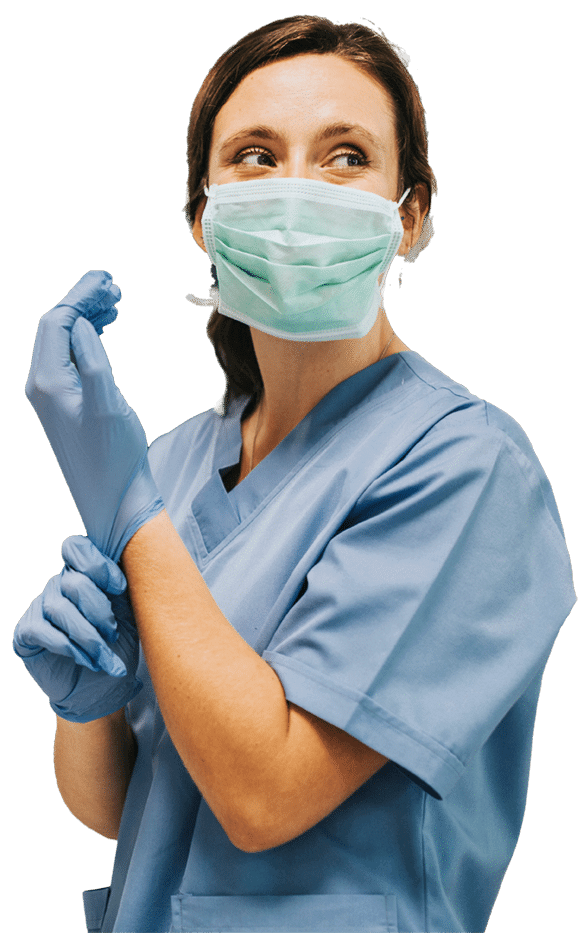
We value your feedback
We are committed to providing you with the best possible experience. If you have any questions, comments, or concerns, please do not hesitate to contact us.
Our customer service team is available to assist you with any inquiries you may have. You can reach us via phone, email, or by filling out the contact form. We appreciate your business and look forward to hearing from you!
Call us
+44 (0)1757 288 587
Lines open
8:30 am to 5:30 pm
Monday - Friday
Deliveries
For all deliveries and collections, please park in the designated bay (HGV6) and call our number to confirm that you are in the HGV bay.
Visit us
GBUK Group Ltd.
Woodland House,
Blackwood Hall Business Park,
North Duffield,
Selby,
North Yorkshire,
YO8 5DD,
United Kingdom





